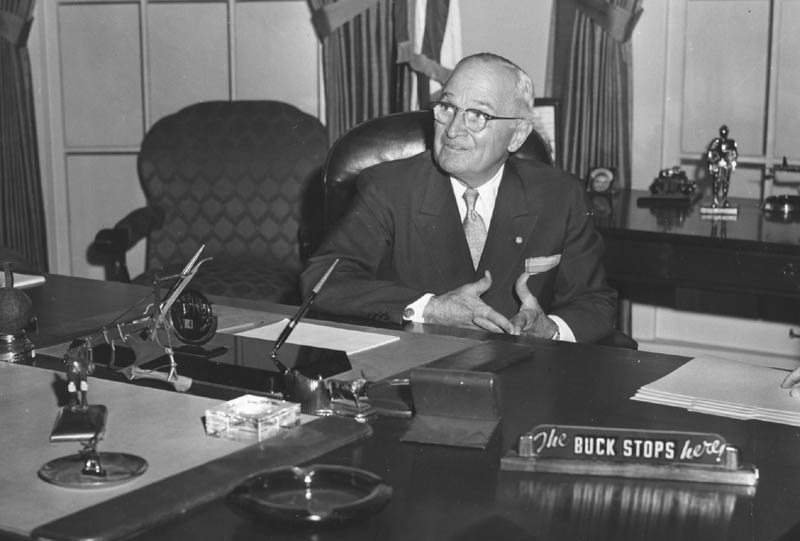January 16, 2008 by lonbud
Macworld 2008
What a difference a decade makes.
In January of 1998, you could have bought as much Apple, Inc. stock as you wanted for $4 per share. There was no iTunes, no iPod, no iPhone, MacBook, or really, much of anything save for the solid operating system software known then as Macintosh.
But even that was mainly the private little secret of a handful of graphic designers, music producers, and elementary school students sprinkled across the country.
As the 2008 Macworld Expo opened yesterday at San Francisco’s Moscone Center, Apple’s share price was $175 and the company’s market capitalization was over $140 billion.
The newest version of its Mac OS X software, released just three months ago, has already shipped over 5 million copies, and its latest revolutionary gadget, the iPhone, captured nearly 20% of the domestic cellular telephone market in its first six months for sale.
Clearly the company is on roll and more and more people are finding reasons to investigate its line of premium software and hardware products.
When founder and CEO Steven Jobs announced the arrival of iTunes at Macworld on January 9, 2001, few observers understood that Apple would be revolutionizing the music industry and its product distribution model, nor did they recognize the cash cow being led from the barn. Today, the purchase of music and the purchase and rental of cinema products online makes up an ever-increasing share of total sales for the music and movie industries — and for Apple.
Later in 2001, the company introduced the iPod, a line of digital media players now nearing the 120 million units sold mark.
Other significant innovations introduced at Macworld Expos in recent years include the partnership between Apple and Intel, with Intel Duo processors replacing PowerPC chips in all Apple’s computers and servers manufactured since 2006, and of course, the iPhone in 2007.
This year the company turned its attention less toward personal entertainment/communication devices and back to computing hardware.
Jobs announced yesterday the availability of the MacBook Air, a super-thin, super-light, notebook computer destined immediately for top-of-the-line status among all portable computers.
The success of the device is predictable, with the intuitive soundness of its marketing campaign based on “Thinnovation,” and the company’s unblemished record for pleasing, impressive, simple design.
Everything about the MacBook Air exudes “the Future”, and since that’s where we are headed anyway, many people are going to want to get there toting one of these computers.
I ran into influential publicist and tech blogger Andy Abramson on the floor of the Expo yesterday and asked him what was his big take away from this year’s show. He answered without hesitation, the MacBook Air. “I had mine ordered as soon as the slide came up in Job’s address this morning,” he said.
Some critics may claim the company really hasn’t offered up anything as groundbreaking as iTunes or the iPod, however, to this writer, the new notebook computer and the company’s new Time Capsule, a beefy (500 gigabyte and 1 terabyte versions) external storage device that doubles as a wi-fi base station, both constitute solid new products that will add revenue to the company’s growing stream of funds from media and software sales.
And as Farhad Manjoo, the tech critic at salon.com noted this morning, software updates for the iPhone announced yesterday make “the iPhone you bought last June…actually better now than it was back then.”
In an industry where obsolescence is usually measured in weeks or months, the fact that Apple can improve the value of its devices over time speaks volumes about the foundations of the company’s success.
It’s hard to imagine Apple could possibly replicate over the next decade the phenomenal growth it has seen since Jobs returned to the C level in 1999. But even if it only doubles its share price and market cap, as Microsoft, its only true rival has since then (Jan 98 – $15 per share; yesterday – $34), it would be quite an achievement.



Leave a Reply
You must be logged in to post a comment.